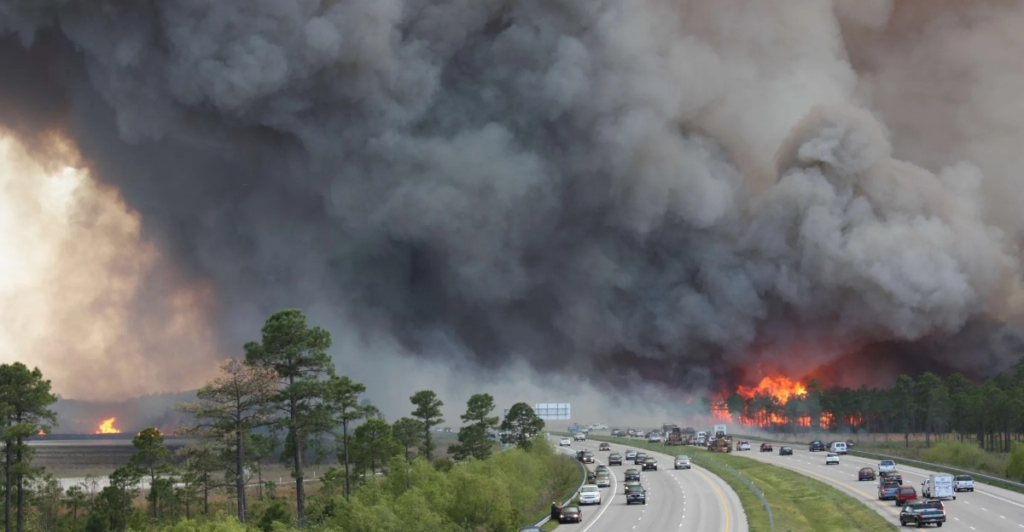
In March 2025, the Carolinas experienced a devastating chain of wildfires that consumed over 3,300 acres of North and South Carolina’s landscape. The blazes, spurred by drought and Hurricane Helene’s remnants, caused mass evacuations and house loss and are still spreading, leading to South Carolina’s governor’s declaration of a state of emergency. Other than the overt human toll, these wildfires significantly impacted the diverse ecosystems of the region, decimating habitats and influencing wildlife populations. This article delves into the multifaceted effects of these wildfires, analyzing their causes, their immediate effect, and the long-term ecological effects they may have.
The Inferno Ignites
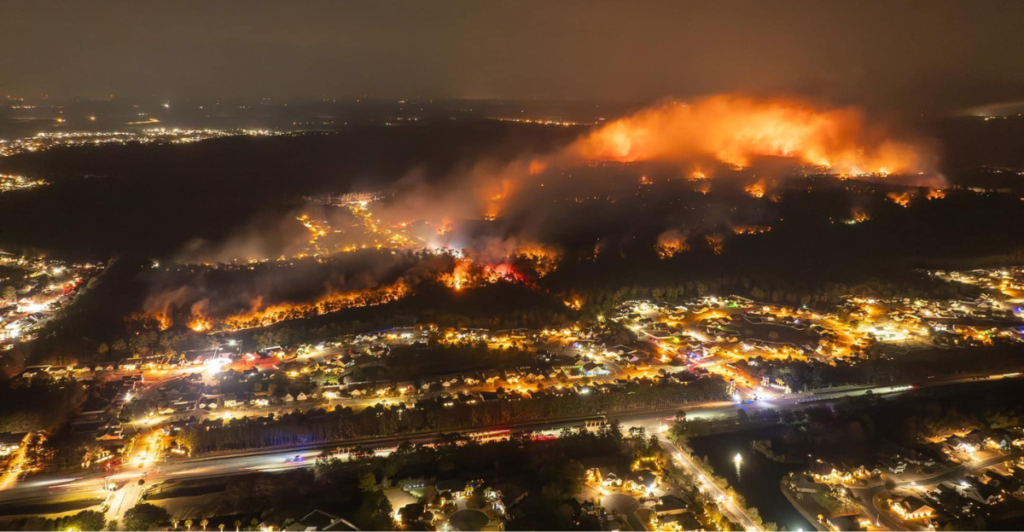
The fires have ripped through Polk County, North Carolina, with three major fires—Black Cove, Deep Woods, and Fish Hook—scorching thousands of acres. The Black Cove Fire alone burned 2,076 acres after a downed power line ignited dry vegetation and fallen trees that remained after Hurricane Helene tore through the area in September last year.
South Carolina’s Struggle
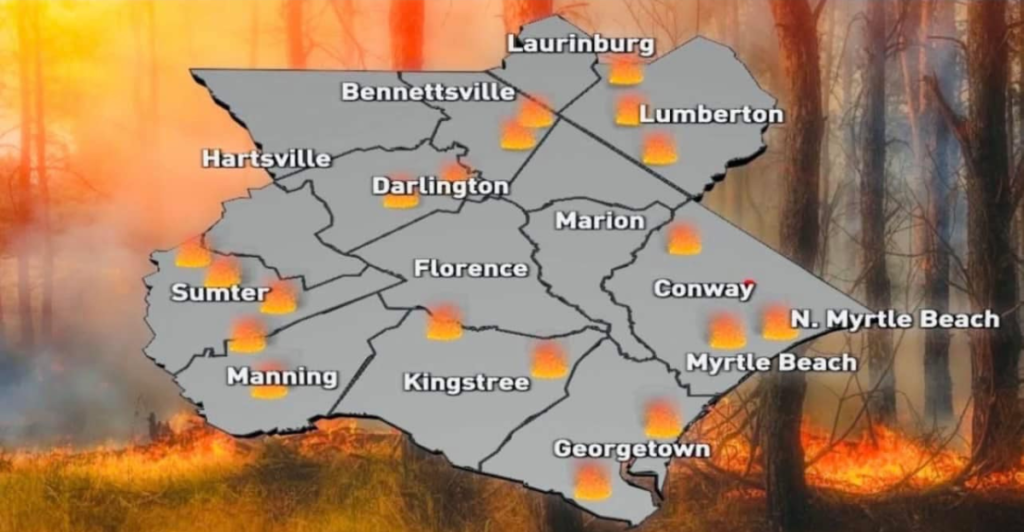
In South Carolina, blazes in Table Rock State Park and Persimmon Ridge burned a combined 2.3 square miles. Fueled by human action and dry weather, the fires led Governor Henry McMaster to declare a state of emergency. So far, no injuries have been reported, but the fires have threatened structures and the region’s diverse ecology, which is already vulnerable as a result of natural disasters.
Ecological Devastation
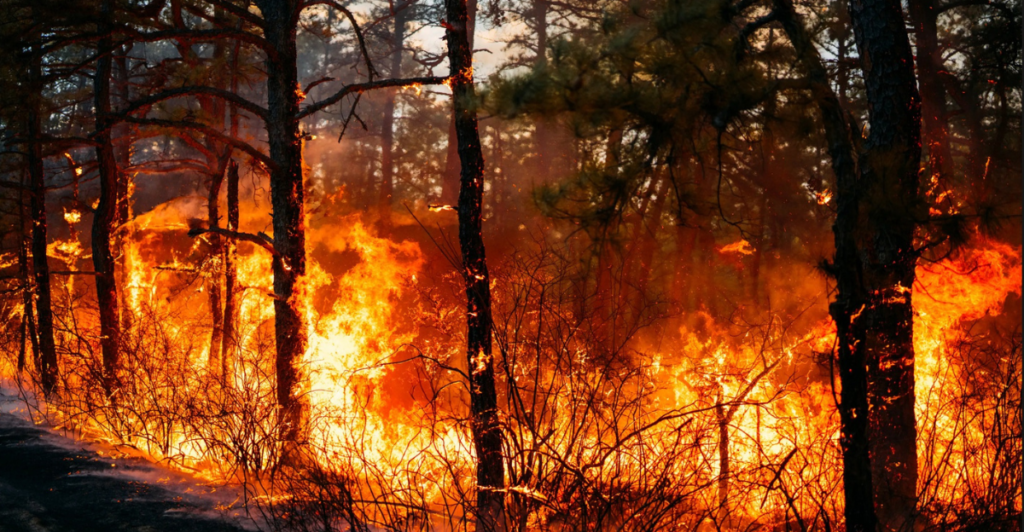
Wildfires can result in devastating ecological losses, wiping out slow-reproducing species, destroying critical nesting and breeding grounds, and disrupting food chains. As organic matter is lost, the soil degrades, which can take decades to recover and make it difficult for vegetation to regrow. Additionally, invasive species take over disrupted environments, out-competing native species and altering the natural ecosystem balance.
Unexpected Consequences
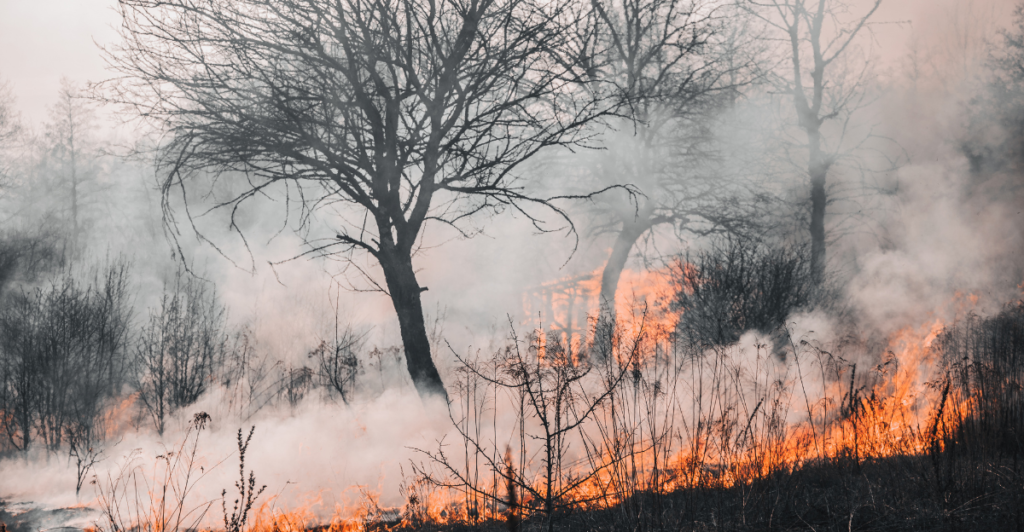
The impacts of these wildfires extended outside the immediate burn areas. Ash and smoke affected air quality across the region, resulting in health effects on wildlife and humans alike. The destruction of vegetation leads to soil erosion, which not only affects regrowth but can also negatively affect water bodies and aquatic life.
Ecological Aftermath
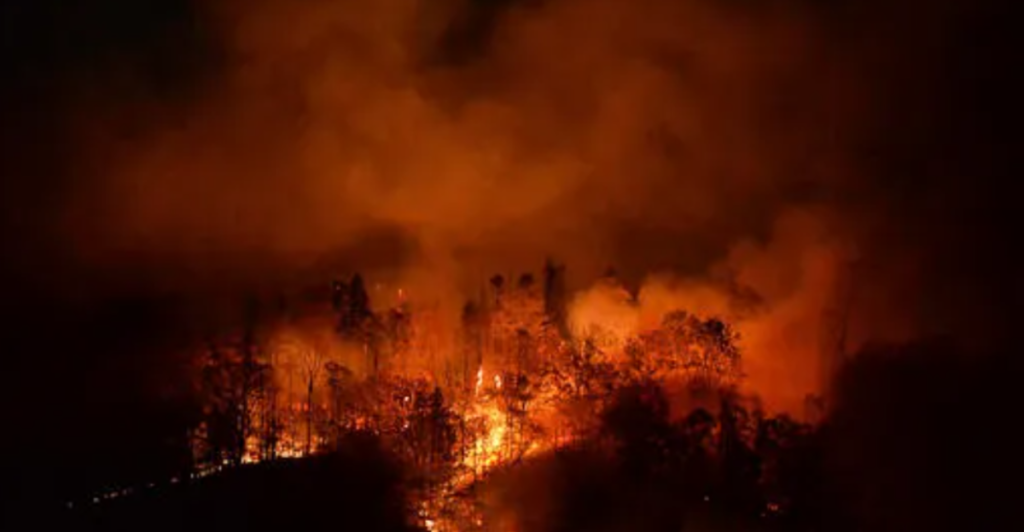
Wildfires, although devastating, are also catalysts for ecological transition. In the southern Appalachians, research revealed that bird richness grew in forests that were extensively burned. Bird species, such as the indigo bunting and chestnut-sided warbler, flourished in these modified environments, a testament to nature’s strength and adaptability.
Fire can Maintain Ecosystems

While wildfires are seen as disasters, they also help maintain healthy ecosystems. This challenges the common view of fire as purely destructive. Instead of total suppression, authorities should consider integrated fire management to balance ecological benefits with safety concerns.
Longleaf Pine Revival
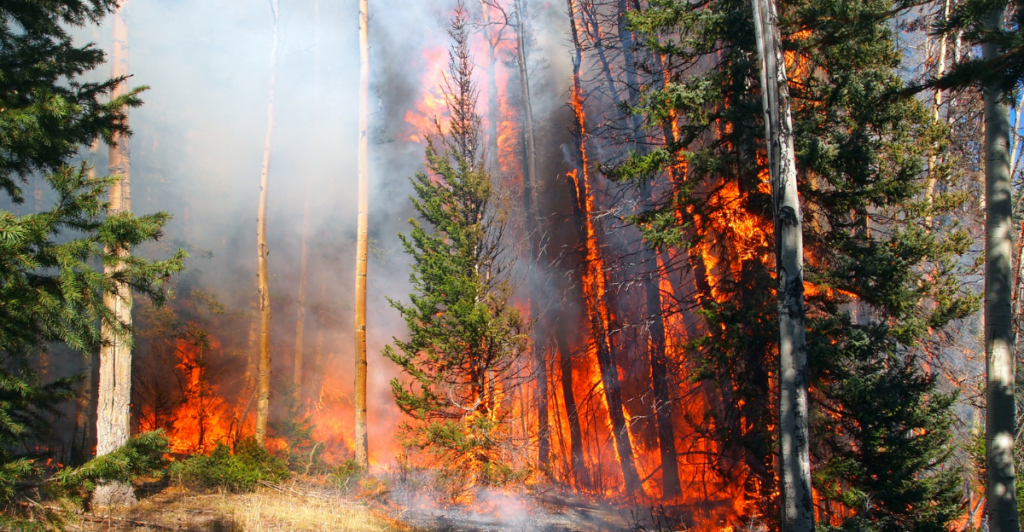
An example of a flourishing ecosystem after fire can be seen in the recovery of longleaf pine communities, especially in forests such as Croatan National Forest. Controlled burning ensures the open, sunny environment these pines need, fostering diversity and minimizing the danger of catastrophic wildfires. This practice highlights the multifaceted interdependence of fire and forest health.
The Role of Climate Change
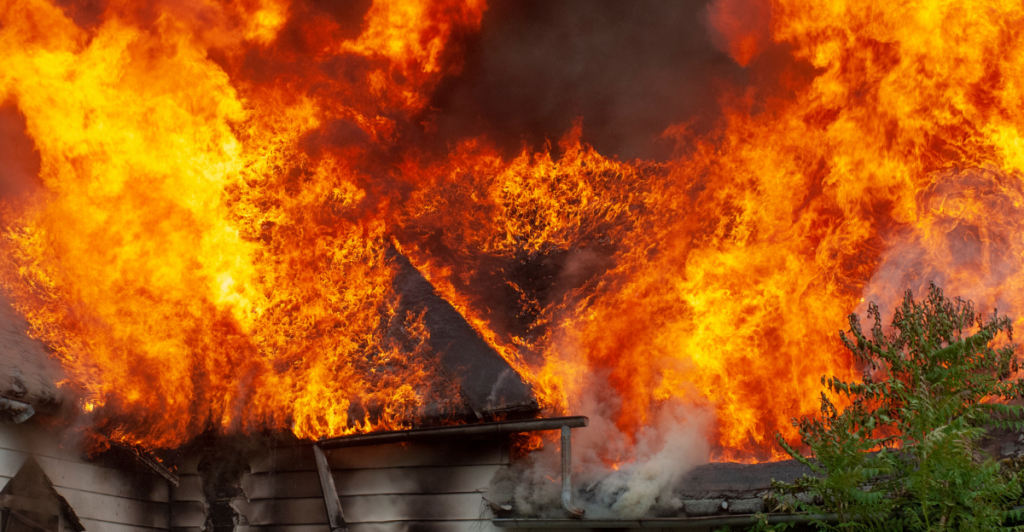
Climate change contributed to the increasing frequency and severity of wildfires. As weather temperatures increase and rainfall patterns are disrupted, landscapes become prime hotspots for wildfires, creating the perfect conditions for the rapid spread of fire. These conditions require quick and adaptive management that can counter these threats of the future.
Historical Parallels
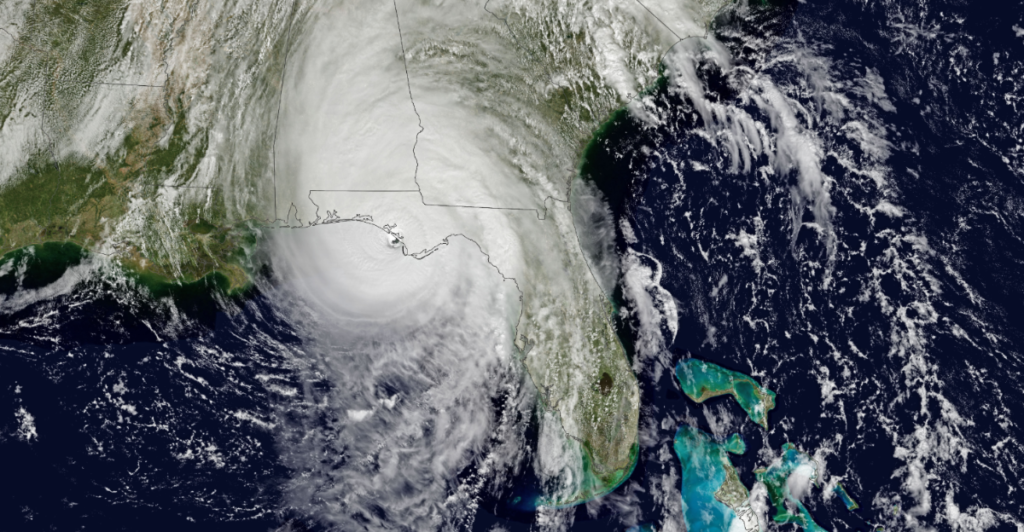
The 2025 fires echo with history, such as the 2016 southern Appalachian fires that destroyed over 235 square miles and the wildfires that ravaged Florida following Hurricane Michael in 2018. History has shown how natural disasters have effects that can lead to multi-dimensional management problems. These events can teach us more about fire behavior, ecological recovery, and the importance of preparation in fire-prone regions.
Looking Ahead

As the Carolinas recover, authorities have the opportunity to reassess land management and fire preparedness strategies. By combining ecological insights with community planning, future wildfire impacts can be mitigated, thereby ensuring the safety of individuals and the preservation of the region’s intricate ecosystems.
Explore more of our trending stories and hit Follow to keep them coming to your feed!

Don’t miss out on more stories like this! Hit the Follow button at the top of this article to stay updated with the latest news. Share your thoughts in the comments—we’d love to hear from you!







